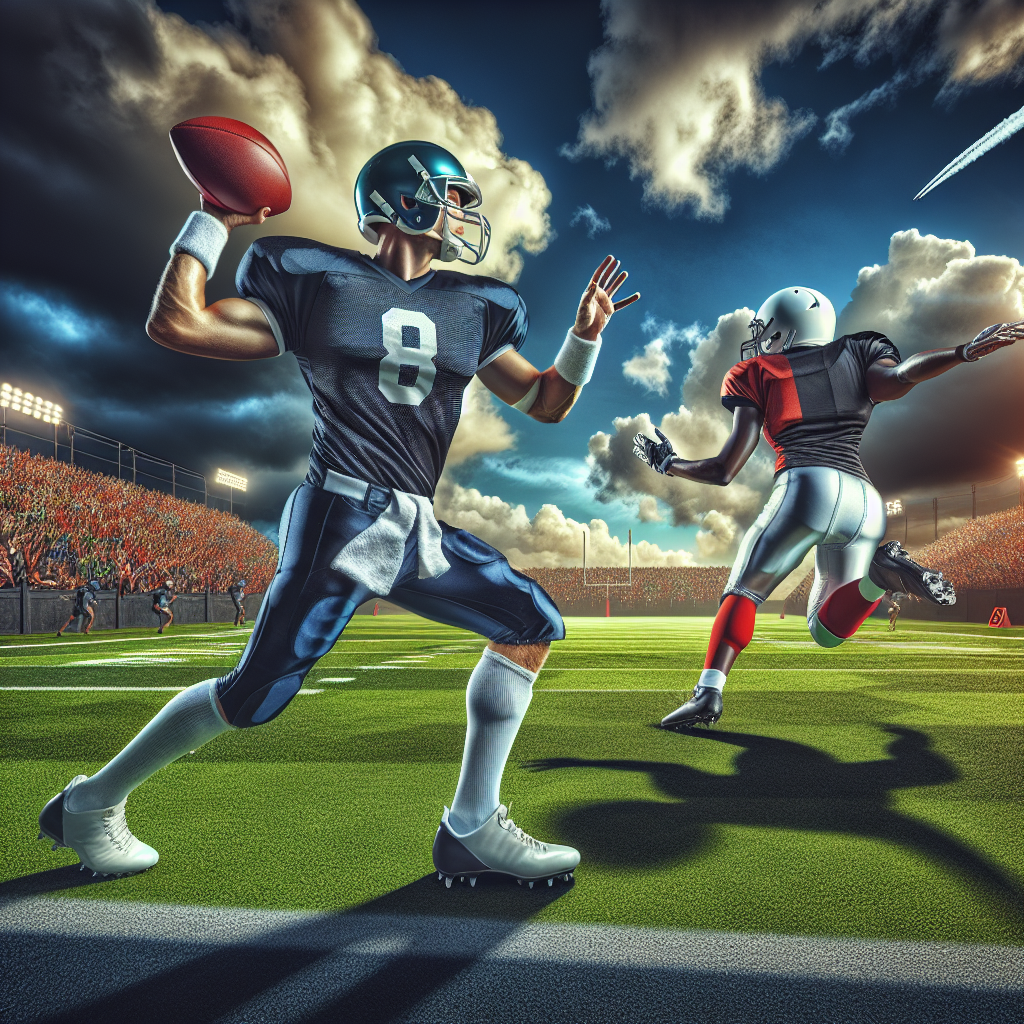The Thrilling World of American Football: A Comprehensive Insight
American football, one of the most dynamic and physically demanding sports, has woven itself into the cultural and social fabric of the United States since its establishment in the late 19th century. Merging strategy, athleticism, and a pronounced spirit of competition, the sport provides an engaging spectacle and serves as a unifying force across diverse American communities. Let us explore its rich history, rules, major tournaments, and cultural impact.
Historical Background
American football evolved from rugby and soccer in the late 1800s. The sport’s early development is credited to Walter Camp, known as the "Father of American Football," who introduced fundamental changes, including the line of scrimmage and the system of downs. The first intercollegiate football game, played on November 6, 1869, between Rutgers and Princeton, marked the genesis of the sport we celebrate today.
Basic Rules and Gameplay
American football is a team sport where two teams of eleven players compete to earn points by advancing an oval-shaped ball into the opponent’s end zone. The playing field is 100 yards long and 160 feet wide, flanked by end zones on each end.
Key elements of gameplay include:
- Kickoff: The game starts with a kickoff, where one team kicks the ball to the other.
- Downs: The offensive team has four attempts (downs) to move the ball at least ten yards. If successful, they earn another set of downs; if not, possession is relinquished.
- Scoring: Points are scored through touchdowns (6 points), followed by extra-point attempts or two-point conversions, field goals (3 points), and safeties (2 points).
- Defense and Offense: The defense seeks to stop the offensive team’s progress through tackling and strategic gameplay, aiming to force turnovers or prevent scoring.
Major Tournaments
The pinnacle of professional American football is the National Football League (NFL), established in 1920. The NFL’s season culminates in the Super Bowl, a cultural and sporting spectacle watched by millions globally. College football, governed by the National Collegiate Athletic Association (NCAA), also garners widespread attention, particularly during the College Football Playoff and bowl games.
High school football, while not as commercially prominent, plays a crucial role in local communities, fostering young talent and community spirit.
Cultural Impact and Popularity
American football transcends the boundaries of sport, impacting various facets of American life including culture, economy, and media. The game’s presence is pervasive, from "Friday Night Lights" in high school stadiums to collegiate bowl games and the grandeur of the NFL.
Television and Media: Television broadcasting transformed American football, with networks investing billions in broadcasting rights. Icons such as John Madden and Pat Summerall shaped the way games are presented to viewers, boosting the sport’s popularity.
Economic Influence: The NFL is a multi-billion-dollar industry, generating revenue through ticket sales, merchandise, sponsorships, and media rights. Super Bowl advertisements have become a cultural phenomenon, with companies spending millions for mere seconds of airtime.
Cultural Bonds: Football fosters a sense of community and identity, with fans united by allegiance to their high school, college, or professional team. Tailgating parties, fantasy leagues, and “Monday Night Football” gatherings highlight the sport’s role as a social glue.
Diversity and Inclusivity: The sport has made strides in promoting diversity, with initiatives aimed at increasing minority representation and addressing issues like player safety and mental health.
Challenges and Future Prospects
Despite its successes, American football faces challenges such as player safety, particularly concerning concussions and long-term health risks. Technological advancements and rule modifications aim to enhance player safety without diminishing the game’s inherent excitement.
The sport’s future also lies in expanding its global footprint. The NFL’s international series and grassroots programs in countries like Canada, the UK, and Mexico illustrate efforts to globalize the sport.
Conclusion
American football is more than just a sport — it is an emblem of American culture and ingenuity. Its intricate blend of strategy, skill, and athleticism continues to captivate audiences, fostering a sense of camaraderie and pride. Whether under the Friday night lights or amidst the grandeur of the Super Bowl, American football promises exhilaration, unity, and an enduring legacy for generations to come.










Leave feedback about this
You must be logged in to post a comment.